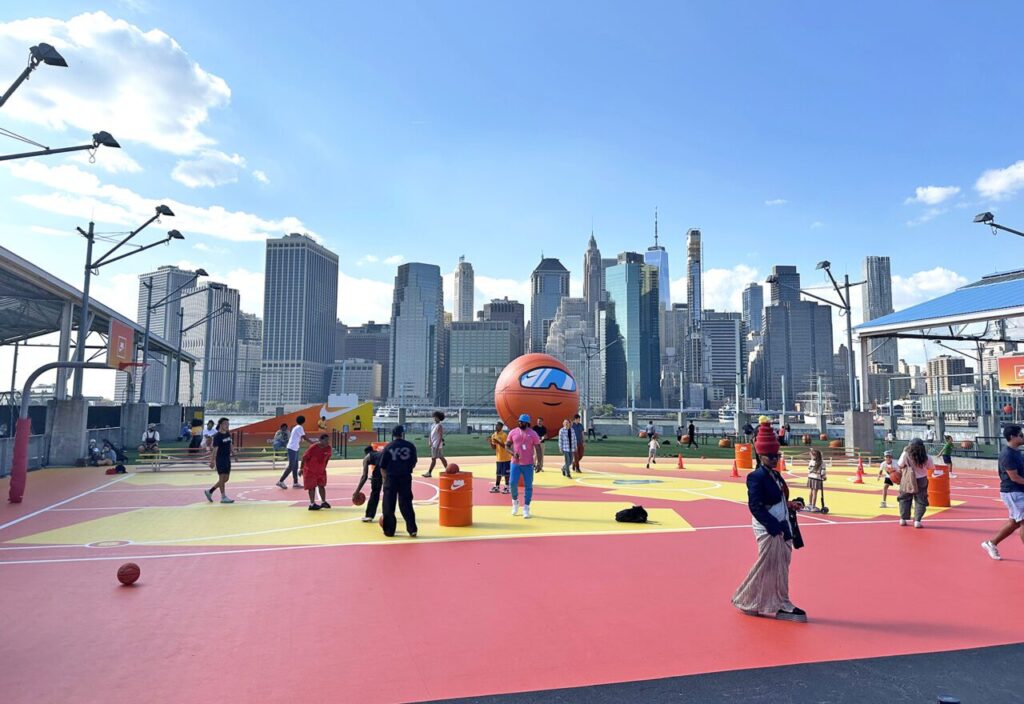It’s a fact: nobody likes freeloaders. They overstay their welcome, eating all the food in your pantry, taking up real estate on your couch and, then, when the delivery guy arrives with dinner, they’ve somehow always misplaced their wallet. You love them—and are probably related to them—but can only take so much.
Well, for years brands have been freeloading in prime advertising real estate, the Facebook News Feed. Brand pages integrated so seamlessly into news feeds that most users (and brands) forgot Facebook is more than a social network—it is a business. A business with a fairly simple revenue stream: Advertisements. Well, brands, ready or not, Facebook has put its foot down. Your News Feed freeloading days are over.
What is Facebook doing?
According to ValleyWag, Facebook is said to be announcing a change to their News Feed algorithm, EdgeRank, that reduces the organic reach for brand pages to just 1%-2% of their fans. This is a startling difference from the 16% reach branded pages received just a year ago.
What does this mean for big brands like, say, Oreo? Oreo has worked very hard to attract its almost 36-million-person audience. With this change, each post only has the potential to reach 36,000 people. Ok, so maybe Oreo isn’t the most relatable example, but who is this really going to hurt the most? Smaller brands. The Mom and Pop bakery with 1,500 fans will now only reach 15 people. Their ability to self promote and easily connect with fans is going to change drastically.
What does this mean for my brand?
Take a deep breath and don’t jump ship quite yet. Facebook, with over one billion users worldwide, is still a valuable place to create a community for your brand. It allows your brand to have a voice and offers a place for direct conversations with your customers. Ok, now that the panic is subsiding, let’s look at your options.
Play by the rules: Pay up.
Facebook is simply reminding us all that they are a business, a business that is fueled by advertising dollars. Brands need to begin to treat Facebook as a media channel instead of just social media. When creating social media strategies, include an ad spend budget. Can you pull money from other budgets to divert to Facebook advertising? It is still a very cost effective way to advertise as prices start as low as $5. Remember, the change in EdgeRank does not affect the user experience in any way. Your fans aren’t going anywhere.
Get to know your fans.
Facebook offers free analytics for every brand page. Take some time to understand who your fans are, when they are online, and what types of posts they gravitate towards. Treat every post as an opportunity to learn and optimize. Create content your fans love and would be willing to share on your behalf, and when possible incentivize them to do so! Fans are 20% more likely to share content if there is an incentive attached and that is a great strategy to get your content in front of more eyeballs.
There are no more tricks.
Old tricks like focusing on the highest reach content aren’t going to work anymore. Facebook no longer gives preference to one type of content but rather encourages a variety – so rotate between a mix of pictures, videos, and status updates. Also, keep in mind that Facebook’s goal is to keep users on their platform. Try not to post links or videos that drive users away from Facebook.
Utilize the features that Facebook already offers.
Tag users for increased visibility in posts, ask your fans questions to drive up engagement in the comments section, and create art people will want to share for added exposure. And hashtags? Save them for Twitter and Instagram.
Explore other platforms
It may be time to embrace Instagram, Twitter, Pinterest or other social media opportunities. Let the message your fans desire to hear influence the channel you choose. Some of the most successful brands on social media create multi-channel opportunities to interact with their fans.
Twitter: Twitter is all about what is happening right here and right now. Are you a restaurant with a daily changing menu? Post each special item daily. Looking to attract a larger audience? Find a trending hashtag that automatically enters you into a relevant conversation. You can also strike up conversations with your fans. Responses and actions spurred by Twitter fans’ comments can create invaluable consumer excitement as they feel you are listening to their concerns.
Instagram: Instagram is an opportunity to tell your brand story through visuals. You can create brand personality by offering “behind-the-scenes” looks that many fans crave. Authenticity is the key so avoid overtly promotional posts. Hashtags are welcome on Instagram but remember to be tasteful. Avoid using more than three and make sure they are relevant to the content you create.
Pinterest: Creativity and discovery are the key to success on Pinterest. People seek inspiration in fashion, home design, weddings, and so much more. Pinterest is also one of the most influential and trackable social channels out there for online shopping. In fact, according to Piqora, on average, a pin generates 78 cents in sales.
For Facebook, cutting down organic reach for brands is a logical way to secure money, but don’t expect this to be chiseled in stone. Facebook’s policies and algorithms are constantly ebbing and flowing so be prepared for changes in the future. The key to social success is listening to your fans. Be true to your brand, accessible to your customers, and responsive to their needs. And c’mon. Brands have been crashing on Facebook’s sofa for 10 years. You can’t say they weren’t patient.
Tim McMullen, founder and executive creative director of redpepper.
 Network
Network

